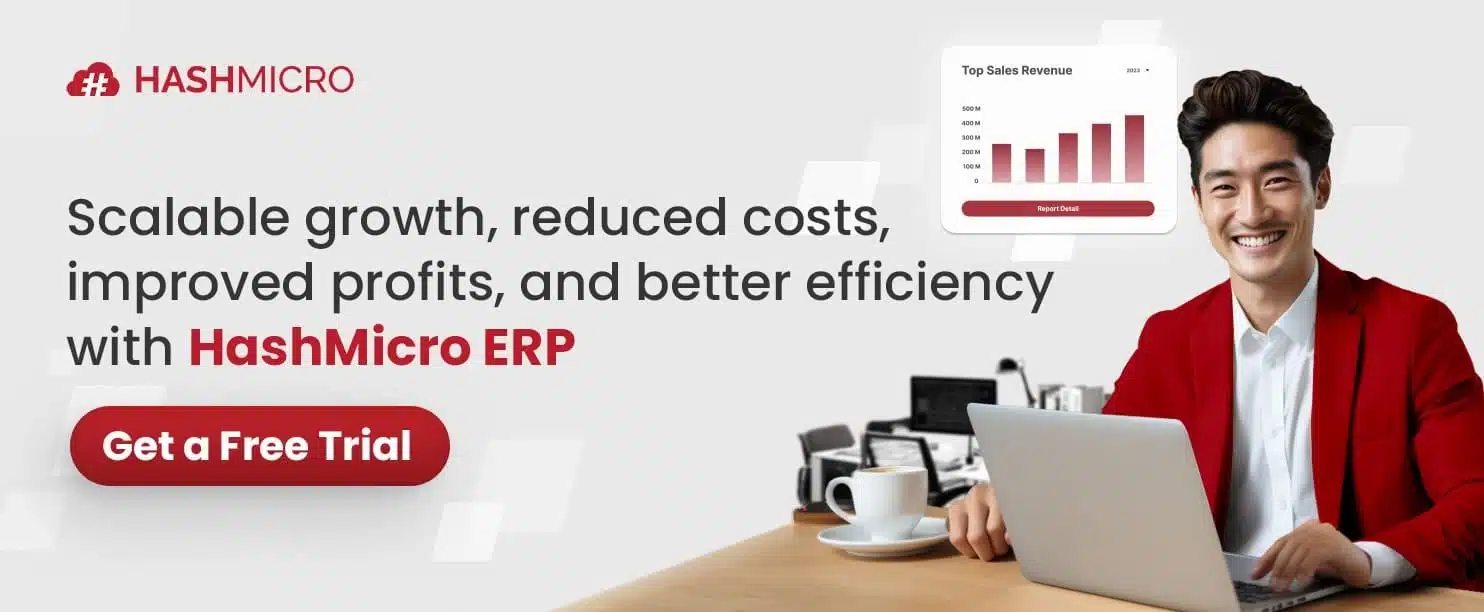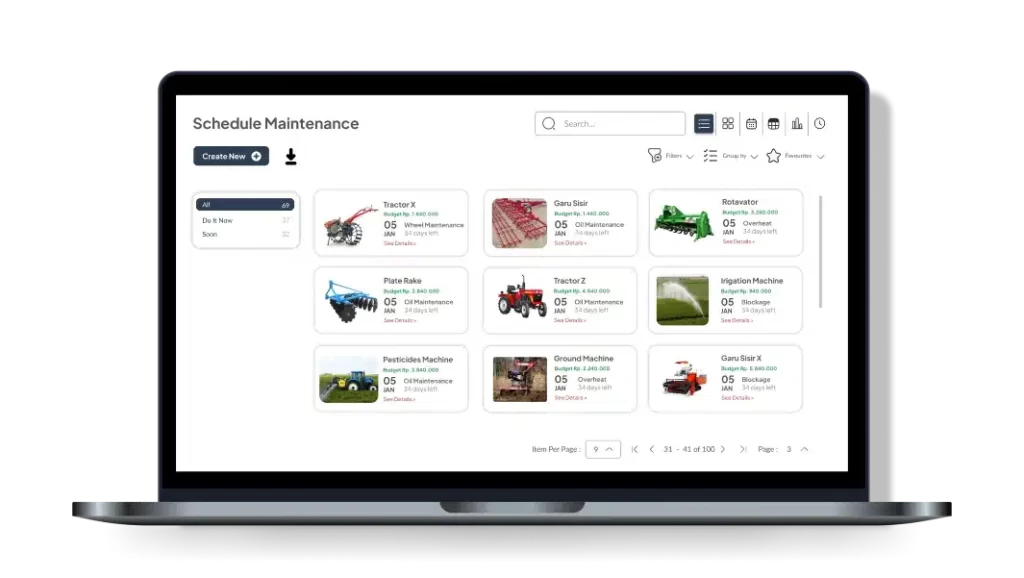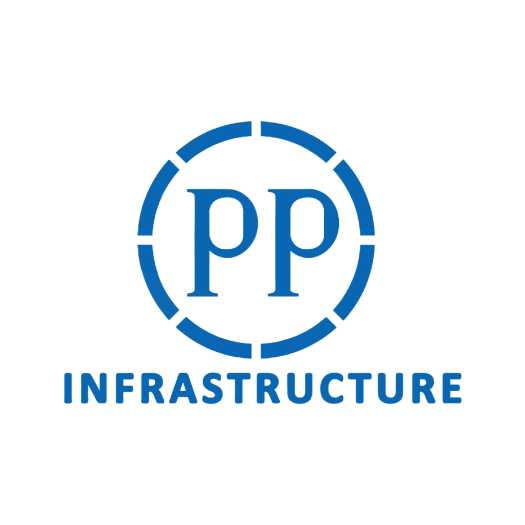In our experience, modern agribusiness faces constant challenges from climate change to rising operational costs. This is where strategic crop monitoring becomes essential for maintaining a competitive edge.
These issues can lead to unpredictable yields and financial instability if left unaddressed. A modern crop monitoring system transforms this uncertainty into manageable, data-driven insights.
To stay competitive, adopting a smart monitoring solution is essential. With tools like HashMicro’s Agricultural ERP Software, you can automate tracking, optimize resources, and improve efficiency. Try a free demo and let us show you how to implement a strategy for success in 2025 and beyond.
Key Takeaways
|
What Is Crop Monitoring and Why Is It Crucial for Agribusiness?
Crop monitoring is the continuous, data-driven process of observing plant health and growth throughout its lifecycle. It utilizes advanced technology to gather precise and actionable field information.
This practice is crucial for modern agribusiness as it shifts management from reactive to proactive. It enables precise resource allocation and better risk mitigation for sustainable growth.
Key Benefits of Implementing Crop Monitoring for Your Company
Adopting crop monitoring technology delivers significant advantages across your company’s entire operational and financial spectrum. It integrates field data into a central system to link agricultural performance directly with business outcomes.
- Enhanced operational efficiency and productivity: This technology enables targeted interventions, such as applying fertilizer only where needed. This reduces waste and allows teams to focus on high-value strategic tasks.
- Accurate, data-driven decision-making: Objective data on plant health and soil conditions replaces guesswork with confident, strategic choices. This leads to optimized harvest timing and more resilient long-term planning.
- Mitigation of crop failure risks and financial losses: It acts as an early warning system, detecting stress or disease before it becomes visible. This allows for rapid corrective action to prevent widespread financial losses.
- Optimization of resource usage (water, fertilizer, pesticides): Precision agriculture methodologies ensure resources are applied only when and where they are needed. This approach drastically cuts input costs and supports sustainable farming practices.
Latest Methods and Technologies in Crop Monitoring
Technological advancements have revolutionized how we perform crop monitoring, moving from manual checks to highly accurate systems. Understanding these modern tools helps in selecting the right mix for your operational scale and budget.
- Satellite-based imagery monitoring: Satellites provide large-scale coverage at a consistent frequency, making them ideal for macro-level analysis. They generate vegetation indices like NDVI to track overall plant health trends.
- The use of drones for precision mapping: Drones capture ultra-high-resolution imagery for detailed, plant-level analysis on demand. This is perfect for targeted scouting and identifying highly localized issues.
- In-field Internet of Things (IoT) sensors: These devices provide continuous, real-time data on soil moisture, temperature, and nutrient levels. They are essential for automating systems like smart irrigation and fertigation.
- The role of centralized software platforms: A software platform is crucial for processing raw data from various sources into actionable insights. It visualizes information through maps and alerts to support strategic decision-making.
When equipped with these technologies, crop monitoring becomes significantly more actionable. To explore implementation costs tailored to your farm or business, click the banner below and get a pricing overview.
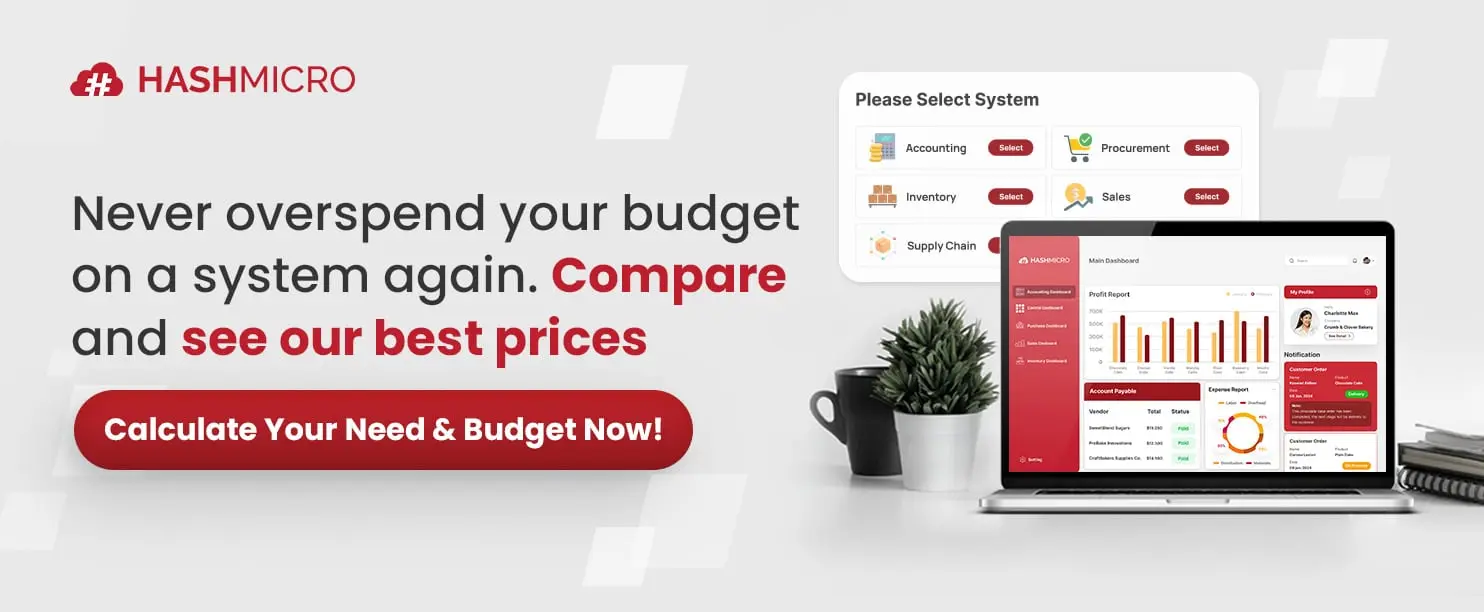
Steps to Implement a Crop Monitoring Strategy in Your Company
Adopting crop monitoring requires a structured approach to integrate a new, data-centric strategy into your company. A well-planned implementation ensures technology is fully utilized and delivers the expected returns.
- Define clear objectives and KPIs: First, establish specific and measurable goals, such as reducing water use by a set percentage. These KPIs will serve as a benchmark to evaluate the success of your implementation.
- Select technology that aligns with your business scale: Evaluate technologies based on your operational needs, from satellites for large areas to drones for high-value crops. Often, a hybrid approach combining multiple tools is the most effective.
- Integrate data with existing systems: Ensure your new platform can integrate with core business systems like an ERP to avoid data silos. This connects field insights directly to inventory and financial planning.
- Train your team to use the technology and analyze data: Invest in training your staff to interpret data visualizations and translate insights into action. This fosters a data-driven culture and ensures successful technology adoption.
- Evaluate and optimize on a regular basis: Treat implementation as a continuous cycle of improvement by regularly measuring ROI against your KPIs. Gather team feedback to refine your strategy and adapt to evolving technologies.
Optimize Your Agribusiness Management with Solutions from HashMicro
To maximize the value of field data, it must be integrated into a central management system. HashMicro’s Agriculture Software is designed to automate and simplify these complex business processes.
Features of HashMicro’s Agricultural ERP Software:
- Comprehensive Crop Monitoring Dashboard: This feature centralizes data from satellites, drones, and IoT sensors into a single view for quick analysis of plant health and soil conditions.
- Automated Resource Planning: The system uses real-time field data to schedule the allocation of resources like water, fertilizer, and pesticides.
- Yield Forecasting and Management: It utilizes historical and current data to generate accurate harvest predictions that inform logistics and sales planning.
- Financial Integration and Cost Tracking: This function automatically links all field activities with the accounting module to provide detailed cost analysis for each project.
- End-to-End Traceability: The software tracks crops from the initial planting stage through to the final sale, ensuring compliance and transparency.
With our solution, your company can significantly enhance operational efficiency and data transparency. To see how our software can concretely help your business, try the free demo now.
Conclusion
Crop monitoring is no longer an option but a strategic necessity for any modern agribusiness. By harnessing data, companies can drive efficiency, mitigate risks, and maximize profitability.
A well-planned strategy supported by robust system integration is key to success. HashMicro’s Agriculture Software provides the unified platform needed to turn field data into profitable business actions.
Embrace these advancements to invest in the resilience and long-term success of your operations. Begin your digital transformation by trying a free demo today.
FAQ about Crop Monitoring
-
What is the main purpose of crop monitoring?
The main purpose of crop monitoring is to use data to proactively manage crop health and growth. It helps identify issues early, optimize resource use, and make accurate, data-driven decisions to increase yield and efficiency.
-
What are the key technologies used in crop monitoring?
The key technologies include satellite imagery for large-scale analysis, drones for high-resolution mapping, and in-field IoT sensors for real-time data on soil and weather conditions. These are all integrated into a central software platform.
-
How does crop monitoring improve profitability?
Crop monitoring improves profitability by reducing input costs through precision application of resources like water and fertilizer, mitigating the risk of crop failure with early warnings, and increasing harvest yields through optimized plant health management.

